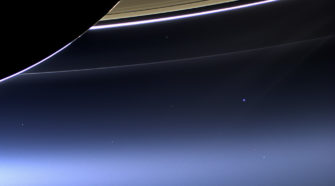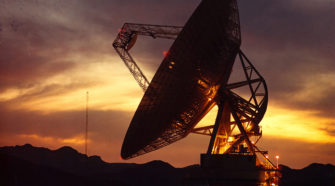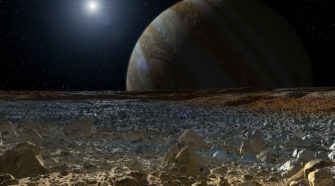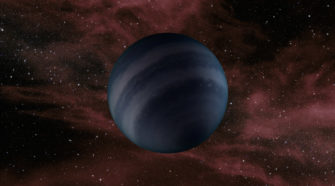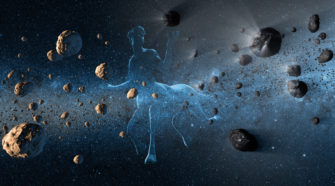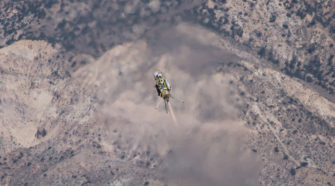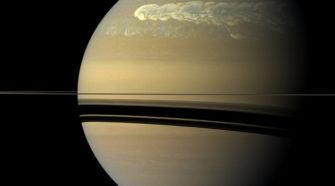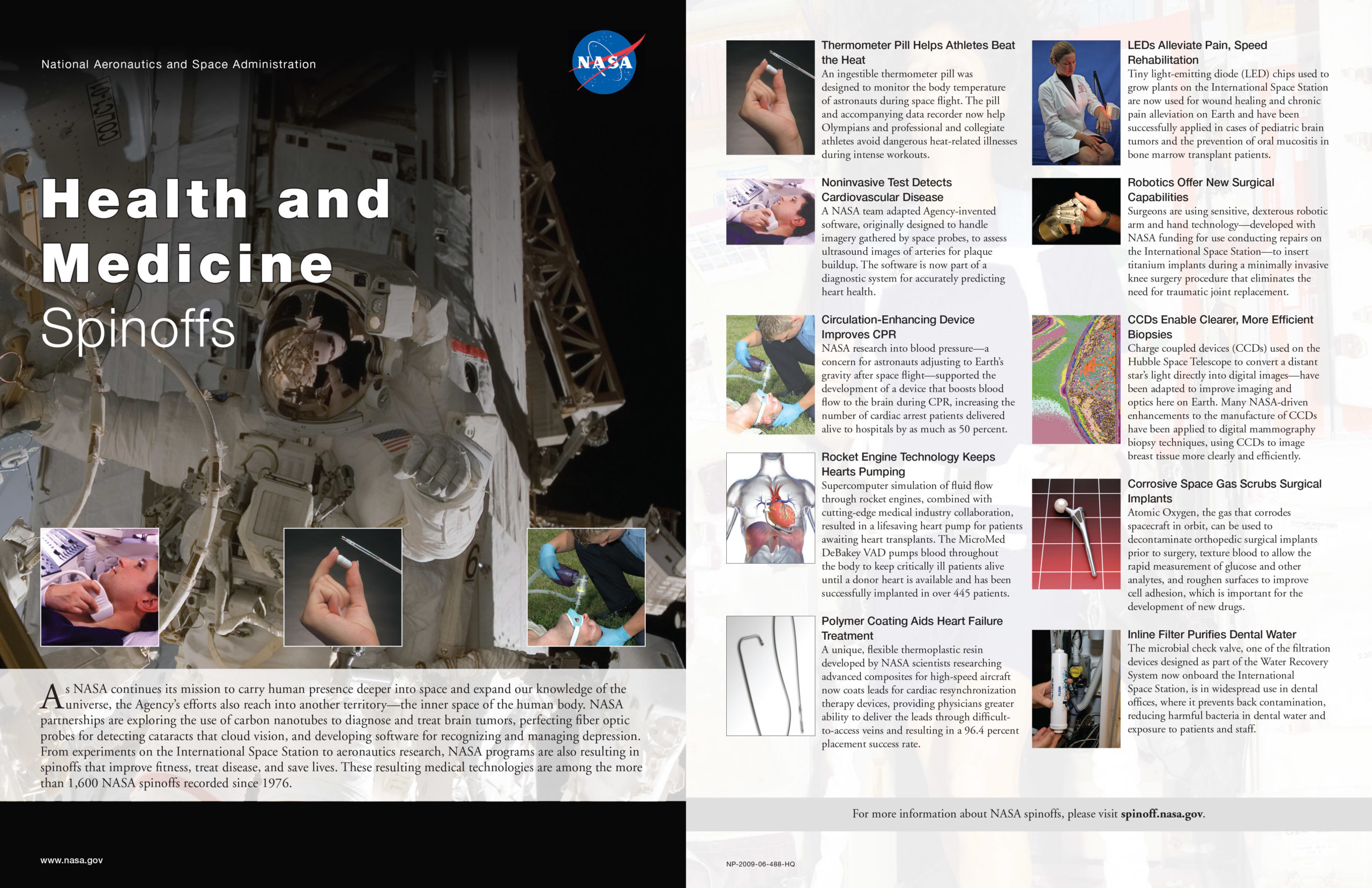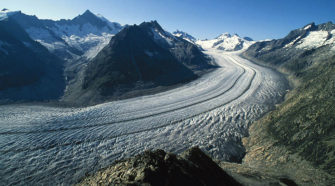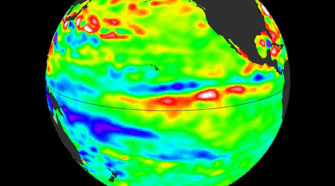Cassini images Earth beneath Saturn’s rings
NASA’s Cassini spacecraft captured color images of Earth and the moon from its perch in the Saturn system nearly 900 million miles (1.5 billion kilometers) away on July 19. Meanwhile, MESSENGER, the first probe to orbit Mercury, took a black-and-white image from a distance of 61 million miles (98 million kilometers) as part of a …
Radio bursts discovered from beyond our galaxy
Astronomers, including a team member from NASA’s Jet Propulsion Laboratory in Pasadena, Calif., have detected the first population of radio bursts known to originate from galaxies beyond our own Milky Way. The sources of the light bursts are unknown, but cataclysmic events, such as merging or exploding stars, are likely the triggers. A radio burst …
What would we want to know if we landed on Jupiter’s Europa?
Most of what scientists know of Jupiter’s moon Europa they have gleaned from a dozen or so close flybys from NASA’s Voyager 2 spacecraft in 1979 and NASA’s Galileo spacecraft in the mid-to-late 1990s. Even in these fleeting, paparazzi-like encounters, scientists have seen a fractured, ice-covered world with tantalizing signs of a liquid water ocean …
Cold brown dwarfs blur line between stars and planets
In 2011, astronomers on the hunt for the coldest star-like celestial bodies discovered a new class of such objects using NASA’s Wide-Field Infrared Survey Explorer (WISE) space telescope. But until now, no one knew exactly how cool the bodies’ surfaces really are. In fact, some evidence suggested they could be at room temperature. A new …
WISE finds mysterious centaurs may be comets
The true identity of centaurs, the small celestial bodies orbiting the sun between Jupiter and Neptune, is one of the enduring mysteries of astrophysics. Are they asteroids or comets? A new study of observations from NASA’s Wide-field Infrared Survey Explorer (WISE) finds most centaurs are comets. Until now, astronomers were not certain whether centaurs are …
Masten’s Xombie rocket tests new precision landing software
A year after NASA’s Mars rover Curiosity’s landed on Mars, engineers at NASA’s Jet Propulsion Laboratory in Pasadena, Calif., are testing a sophisticated flight-control algorithm that could allow for even more precise, pinpoint landings of future Martian spacecraft. Flight testing of the new Fuel Optimal Large Divert Guidance (G-FOLD) algorithm for planetary pinpoint landing is being …
Saturn’s monster storm surprises
A monster storm that erupted on Saturn in late 2010 – as large as any storm ever observed on the ringed planet – has already impressed researchers with its intensity and long-lived turbulence. A new paper in the journal Icarus reveals another facet of the storm’s explosive power: its ability to churn up water ice from …
NASA Spinoffs for health and medicine
As NASA continues its mission to carry human presence deeper into space and expand our knowledge of the universe, the Agency’s efforts also reach into another territory—the inner space of the human body. NASA partnerships are exploring the use of carbon nanotubes to diagnose and treat brain tumors, perfecting fiber optic probes for detecting cataracts …
Soot likely played a role in 1800s glacier retreat
A NASA-led team of scientists has uncovered strong evidence that soot from a rapidly industrializing Europe caused the abrupt retreat of mountain glaciers in the European Alps that began in the 1860s, a period often thought of as the end of the Little Ice Age. The research last month in the Proceedings of the National Academy …
La Nada climate pattern lingers
New remote sensing data from NASA’s Jason-2 satellite show near-normal sea-surface height conditions across the equatorial Pacific Ocean. This neutral, or “La Nada” event, has stubbornly persisted for 16 months, since spring 2012. Models suggest this pattern will continue through the spring of 2014, according to the National Weather Service’s Climate Prediction Center. “Without an …

